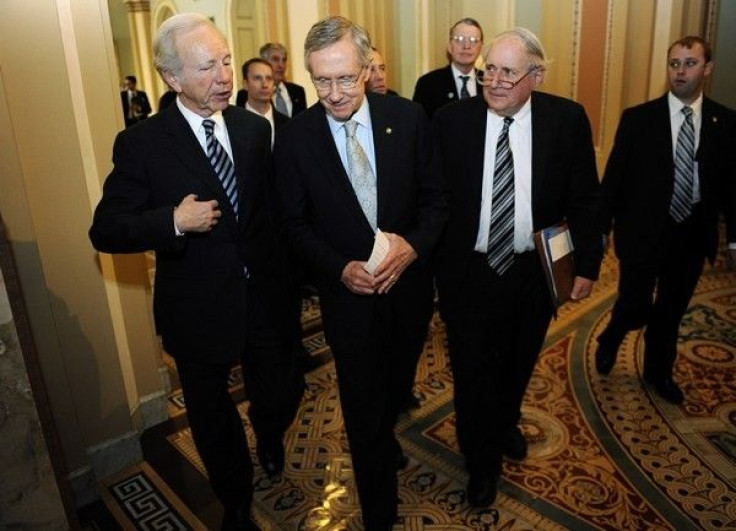Senate passes government funding bill

Chances that the federal government will remain open for the next several months improved today, as the Senate passed a Continuing Resolution to keep government programs funded, for the most part, at current levels until March 4, 2011.
The vote was 79 to 16.
The bill must yet return to the House of Representatives, which is expected to take it up at once.
Senate Democrats had hoped to pass a Fiscal Year 2011 budget, but dropped the idea rather than tussle with Republicans over earmarks and other items and waste precious time. The CR means that the incoming 112th Congress, which will contain more Republican lawmakers, will deal with the budget in March.
Funding levels will rise under the Senate CR, at $1.6 billion above 2010 for certain programs that would otherwise expire or be severely disrupted, according to a press release from the Senate Committee on Appropriations.
These certain programs include the Veterans Benefits Administration, which will receive $460 million above this year's funding to prevent layoffs and reduce processing time for disability claims. There is also additional monies to allow the Troubled Assets Relief Program to continue audits, and to prevent layoffs at the National Telecommunications and Information Administration.
The Senate CR freezes the pay of federal civilian employees for two years starting in 2011, as requested by the President.
It also maintains the maximum Pell grant award at its current level, and prevents the elimination of $4.3 billion in reduced loan fees for small businesses that would otherwise expire.
The House passed a massive CR on Dec. 8, which resembles the Senate bill, although funding levels were lower and the resolution was framed to extend for a year.
the House will now take up the measure. When the two houses of Congress agree on the same bill, it will go to the President to be signed into law.
© Copyright IBTimes 2024. All rights reserved.











